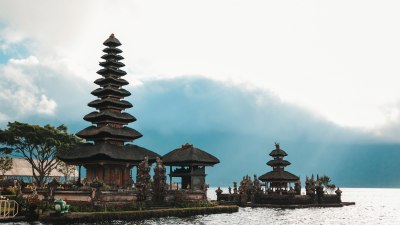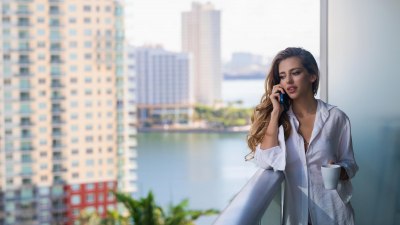Power Plug Types and Voltage Differences in Indonesia
Discover the types of power plugs and voltage standards in Indonesia for safe travel and use of electronics.

When traveling to Indonesia, understanding the various power plug types and voltage differences is crucial for any tourist or expatriate. Indonesia, the largest archipelago in the world, has diverse electrical systems, and being aware of these differences can save you from inconvenience and ensure the safety of your electronic devices. In this article, we will explore the common power plug types, voltage specifications, and other essential details regarding the electrical infrastructure in Indonesia.
Power Plug Types in Indonesia
Indonesia primarily uses two types of power plugs: Type C and Type F. Type C plugs are the popular two-pronged plugs, referred to as the “Europlug.” They are widely used across Europe and come with two round pins. Type F plugs, also known as “Schuko” plugs, have two round pins like Type C but also feature two grounding clips on the side. This design allows for a secure connection and is slightly bulkier.
Both plug types operate on a voltage of 230V and a frequency of 50Hz, which is standard across many European countries. Travelers from regions with different standards must be vigilant about their devices’ compatibility with these plugs to avoid potential damage.
Voltage Specifications
The electrical system in Indonesia operates at a nominal voltage of 230V. This means that most household appliances and electronic devices intended for usage in the country are designed to handle voltages within a range of 220-240V. However, it’s essential to pay attention to the specifications provided by manufacturers, especially for devices brought in from countries with different voltage standards, such as the United States, where the standard voltage is 120V.
Using a device designed for 120V can lead to malfunctions, overheating, and even electrical fires if plugged into a 230V outlet without a proper voltage converter. Therefore, it’s advisable to check the voltage rating of your devices beforehand. Many modern devices come with dual voltage capabilities, making them suitable for international travel, but it’s always prudent to ensure compatibility.
Translators and Adapters
Travelers visiting Indonesia should consider packing a universal power adapter, which can accommodate both Type C and Type F plugs. These adapters are handy for travelers since they allow the use of multiple plug types in various countries. Additionally, voltage converters can help when using devices that do not support 230V electricity. It’s a small investment that can protect your gadgets and guarantee their functionality while abroad.
In Indonesia, it’s common to find electrical outlets with built-in grounding, especially in modern establishments and hotels. Using an appropriate adapter supports grounding and avoids possible risks. Ensuring the adapter has a good reputation and meets safety standards is vital for preventing short circuits and other electrical issues.
Common Electrical Appliances and Usage
Most of the electrical appliances used daily in Indonesia include fans, air conditioning units, refrigerators, and kitchen equipment. In urban areas, the electrical supply is typically stable, but in rural areas, fluctuations might occur. As a result, it’s advisable to use surge protectors for sensitive devices like computers and televisions to avoid damage from voltage surges.
Moreover, charging devices like smartphones, tablets, and laptops is a part of everyday life. Tourists should confirm whether their accommodation provides sufficient power points or USB ports for charging. Nowadays, many hotels and hostels cater to international travelers, providing amenities that align with their needs.
Regional Differences
While the plug types and voltage specifications mentioned are applicable to most parts of Indonesia, there can be regional variations. Remote areas may have older electrical systems that do not adhere to regulations consistently. It's essential to check with local sources or your accommodation provider about the specific electrical setup in the area you are visiting.
The Indonesian government has been gradually upgrading its electrical infrastructure, aiming to provide reliable and safe electricity for the growing population. This enhancement includes introducing modern electrical appliances and regulations to improve energy consumption and safety standards. Nonetheless, being cautious and prepared is wise when traveling to remote regions.
Conclusions
In conclusion, understanding the power plug types and voltage differences in Indonesia is vital for anyone planning to visit or live in the country. Knowing that Indonesia primarily uses Type C and Type F plugs, operating at 230V with a frequency of 50Hz, aids in choosing the correct adapter and ensuring electronic devices work without problems.
Always observe device specifications, as using the wrong voltage can lead to damage. With the right preparation, travelers can enjoy their stay in Indonesia without encountering electrical mishaps. Carrying a universal power adapter and possibly a voltage converter can help navigate electrical supplies successfully.
Stay informed, stay safe, and enjoy the beautiful landscapes of Indonesia!











